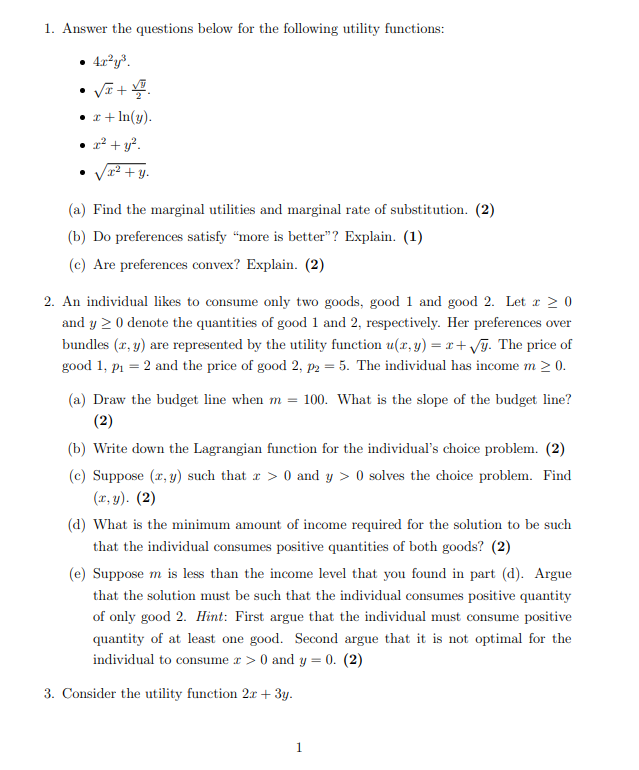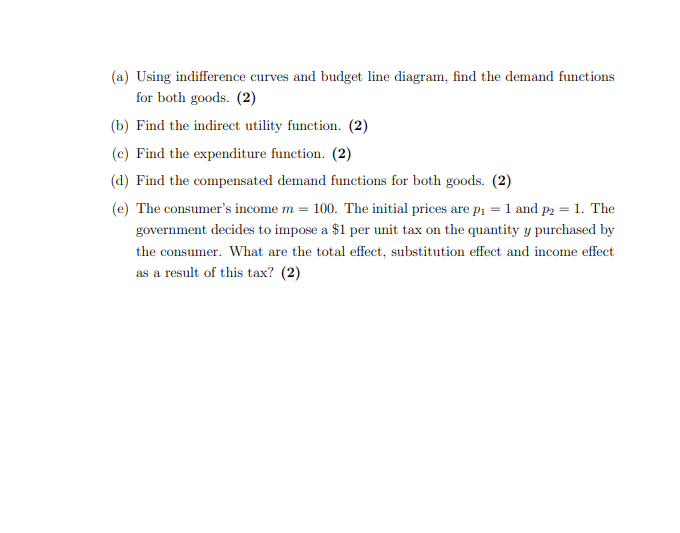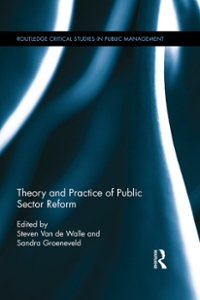Answered step by step
Verified Expert Solution
Question
1 Approved Answer
1. Answer the questions below for the following utility fLu1ctions: - My? - + - r+1n(y:|. . r3+y3. .m. {a} Find the marginal utilities and


Step by Step Solution
There are 3 Steps involved in it
Step: 1

Get Instant Access to Expert-Tailored Solutions
See step-by-step solutions with expert insights and AI powered tools for academic success
Step: 2

Step: 3

Ace Your Homework with AI
Get the answers you need in no time with our AI-driven, step-by-step assistance
Get Started


